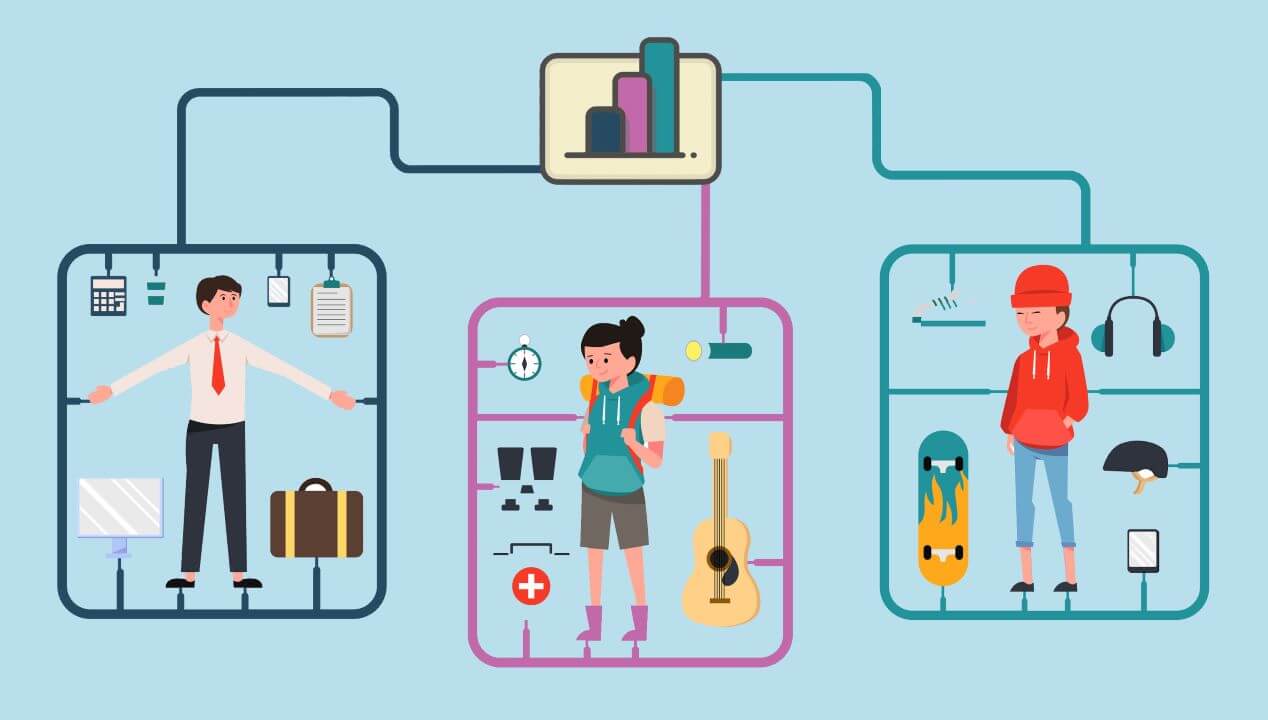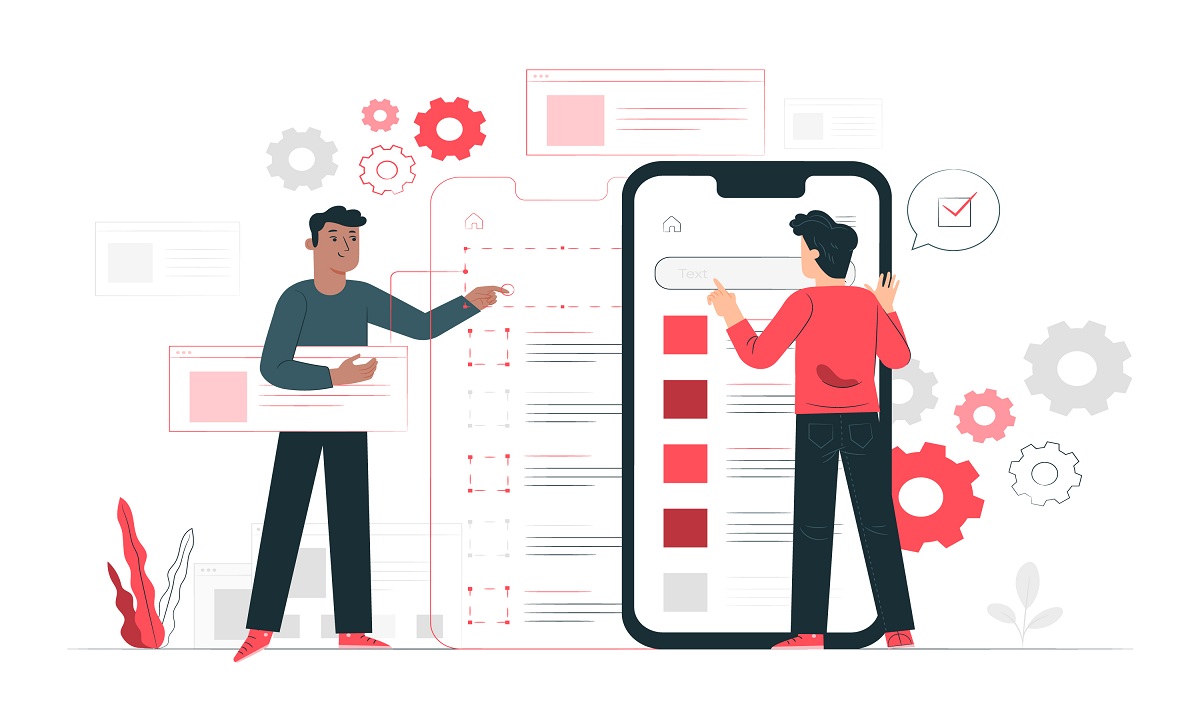How to Improve Personalization by Using Data
How to Improve Personalization by Using Data
-
Data Collection: Collecting data is the first step in improving personalization through data. This involves collecting information on your customers' behavior, preferences, and demographics. This can be done through a variety of channels such as website analytics, social media, surveys, and customer feedback. For example, website analytics can provide information on what products or pages customers are visiting, how long they spend on your website, and what actions they take. Social media can provide insights into customer interests and preferences. Surveys can be used to collect direct feedback from customers on their experiences with your brand. By collecting data from multiple sources, you can get a comprehensive view of your target audience and understand their needs and preferences.

-
Data Segmentation: Once you have collected data, the next step is to segment it into specific groups based on demographics, behavior, and preferences. This will help you understand your target audience better and identify their unique needs and preferences. For example, you can segment customers based on their age, location, or purchase history. This will allow you to create more targeted and relevant experiences for each customer segment.

-
Data Analysis: Data analysis is the process of identifying patterns and correlations in the data to extract insights. This can involve using machine learning algorithms, statistical models, and data visualization tools to analyze the data. The insights obtained from data analysis can be used to improve personalization efforts. For example, if data analysis reveals that a certain customer segment is more likely to purchase certain products, you can use this information to create targeted product recommendations for this segment.
-
Personalized Experiences: Once you have analyzed the data and obtained insights, the next step is to use this information to create personalized experiences for your customers. This could include personalized product recommendations, targeted promotions, and customized content and messaging. Personalized experiences are more relevant and valuable to customers, which can lead to increased customer engagement and loyalty.

-
Continuous Testing and Optimization: To ensure that personalization efforts are effective and aligned with customer preferences, it is important to continuously test and optimize them. This involves collecting feedback from customers, analyzing performance metrics, and making data-driven decisions to improve the personalization experience. For example, if you notice that a certain customer segment is not responding well to a particular personalization effort, you can use this information to make adjustments and improve the experience for this segment.
By following these steps, you can effectively use data to improve personalization and create more valuable experiences for your customers.
